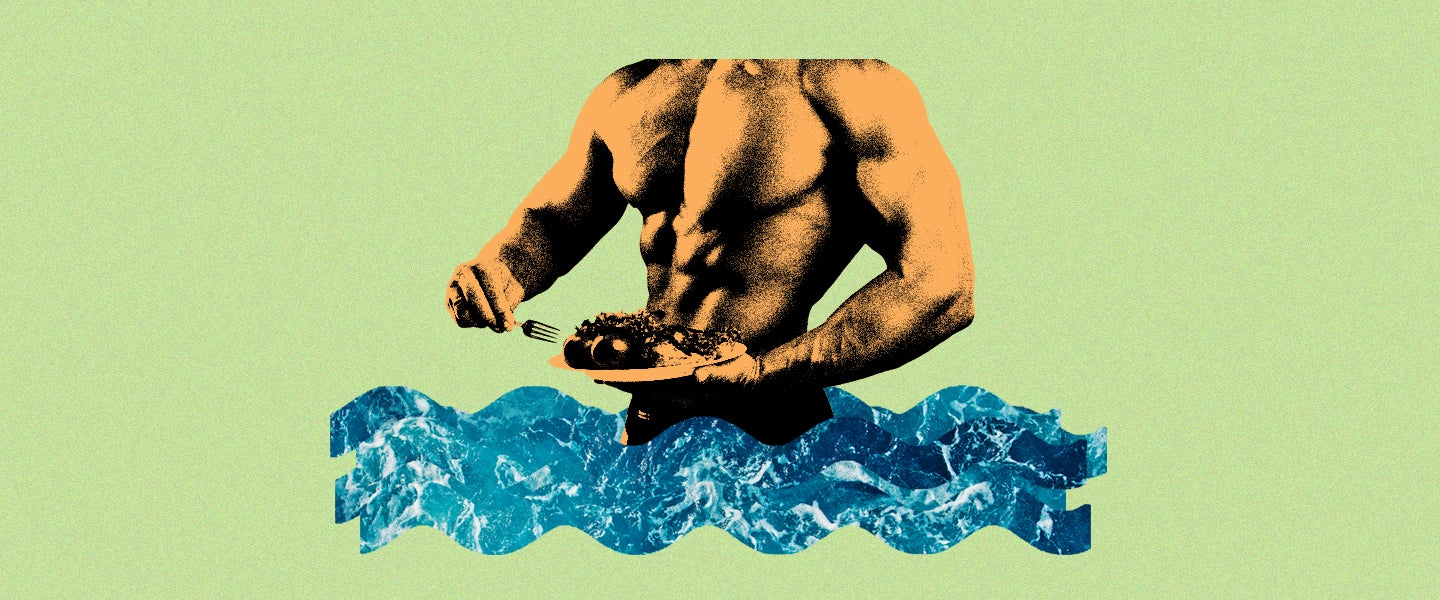Every parent ever has warned us that swimming after eating (or more specifically, executing a wicked cannonball after slamming a chip-filled sandwich) results in gnarly cramps that may send us sinking to the bottom of the pool. When we do nosh on some poolside snacks, they demand we wait at least a good 30 minutes before hopping in — that way, they say, our bellies have some time to digest those seven hot dogs so we can avoid the incapacitating pain they allegedly cause, and our subsequent inevitable sinking.
This belief is maybe kinda grounded in science: When we eat, the blood in our muscles flows toward our digestive organs to aid with digestion, and since muscles do indeed tend to cramp when their blood supply is slowed, you can see how helicopter parents could believe a belly full of warm weiners might keep their kid from staying afloat.
However, the simple truth is that the blood shifted during digestion is nowhere near enough to have any real impact on our muscles. The Red Cross even published a study exploring this exact phenomenon, and they concluded that “eating before swimming is not a contributing risk for drowning and can be dismissed as a myth.”
Told you, mom.
In fact, snacking before swimming is probably a good idea. “It’s actually better to eat something before these physical activities so your body has enough fuel to power through them,” explains nutritionist David Friedman, author of Food Sanity: How to Eat in a World of Fads and Fiction. “Now, this doesn’t mean you should scarf down a giant pizza before running your next 5k — you need to eat sensibly and avoid overdoing it. Eating a combination of healthy carbohydrates and protein will give you sustained energy during your next swim or exercise.” He specifically suggests noshing on a piece of whole-wheat toast with almond butter or a handful of mixed nuts with fruit — you know, that stuff you definitely always find on the poolside menu at a resort.
Light exercise, like wading in the pool, also helps with digestion. As dietician Liz Weinandy previously explained, “Our gastrointestinal tract and the pancreatic and digestive enzymes our body produces are designed to digest food during the day, when we’re able to quickly burn them off by moving about.” Dana Hunnes, senior dietitian at the Ronald Reagan UCLA Medical Center, seconds this notion: “Light physical activity after a meal, including walking and possibly swimming, is good for digestion and helps to move food through the digestive tract.” In which case, perhaps following that hot dog party with a quick swim is for the best.
So go ahead and slam some chow before sailing off the diving board. But maybe ease up on the front flips — no word yet from the scientific community on how eating before doing some radical aerial maneuvers might play out.

